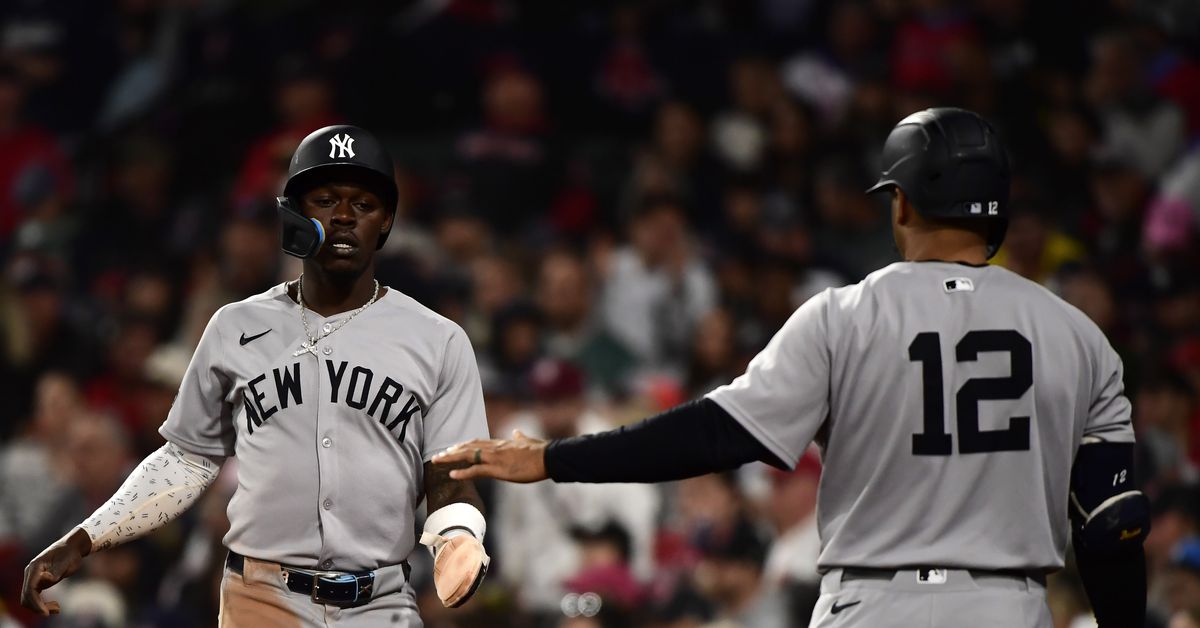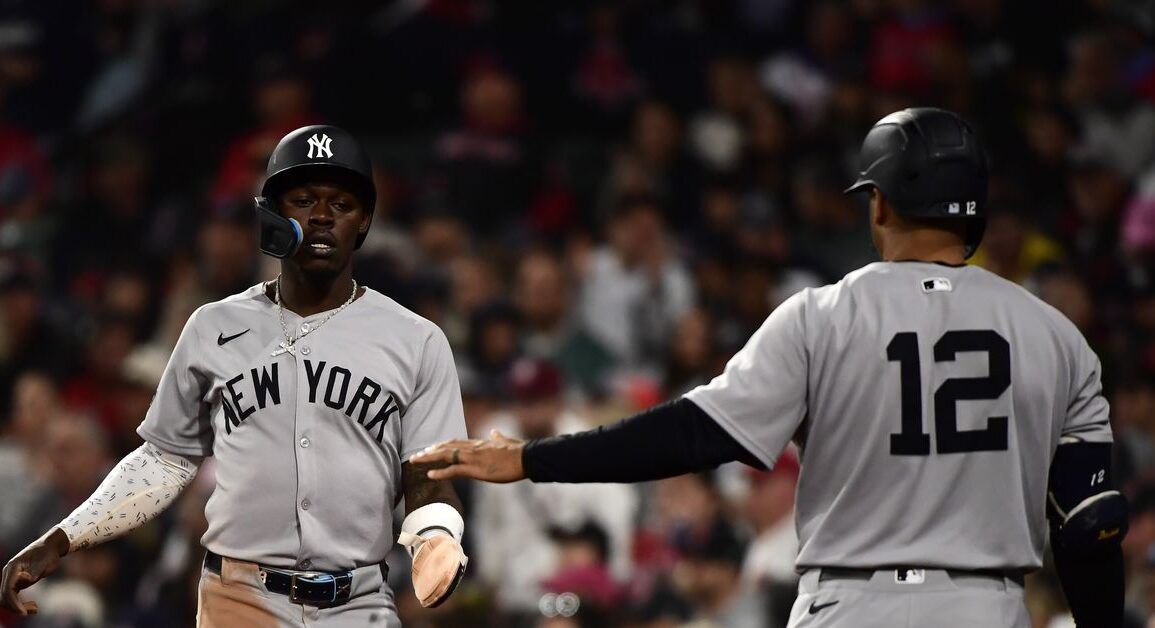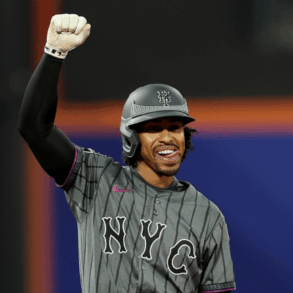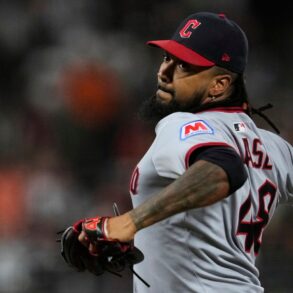
The best team in the American League lost five of six against its biggest rival. This is the type of stuff that could serve as a springboard for the turnaround of a Red Sox team that’s struggling to get things going this year (or, well, at least it was, until they went ahead and traded Rafael Devers to the Giants).
Without worrying too much about Boston side of things, let’s try and make sense of what went wrong in these two series, and more importantly, what the Yankees should be concerned about moving forward.
It’s difficult to point to one specific thing that went wrong in these two series, particularly when you recognize that although the outcome (series loss) was the same, the Yankees fell short in very different ways, facing the Red Sox at home and then in Fenway Park.
The offense got the job done at home against Boston, but when your trio of starting pitchers allows a combined 17 runs in three appearances, you’re climbing an uphill battle, which led to dropping two of three in that set in spite of the offensive showing. This weekend, the story was different, with the rotation bouncing back.
Ryan Yarbrough redeemed himself from the eight runs he allowed in the first game against Boston in the second game against the AL East rivals. The veteran lefty basically went toe to toe with Garrett Crochet in Fenway Park, even if he didn’t pitch as deep into the game as his adversary. Much like Yarbrough, Max Fried also pitched very well at Boston, and was only done in due to a lack of run support, with the Yankees getting shut out 2-0 on Sunday.
On the other hand, Carlos Rodón, who has pitched like a Cy Young contender at times this season, struggled in both of his outings against the Red Sox, allowing nine runs (eight earned). This in of itself might not be that alarming, but we’re also talking about a guy coming off a pretty rough postseason last year. And if the Yankees are going to get anywhere in the playoffs, he’ll play a big role, and will need to perform in situations like this.
The long ball is a known issue for Rodón in his most trying times, and he struggled with it in his first outing against Boston, with Kristian Campbell and Carlos Narváez taking him deep. A big part of Rodón’s success in 2025 has been in his ability to keep the ball in the park, going from a HR/9 of 1.7 in his first two seasons with the Yankees to 1.0 this year. Even with those two disappointing starts, Rodón still has phenomenal numbers, and ideally, he’ll bounce back without an issue next time out.
Though the pitching on the whole was strong the last three days, the offense has disappeared. Dating back to the last game of the series against the Royals, the Yankees’ offense has scored five runs in four games. It’s not as if they ran into a buzz saw of outstanding starters during this period, with the obvious exception of Crochet. Hunter Dobbins and Bryan Bello managed to shut down the top offense in the American League. While both of these guys are having solid enough campaigns, they shouldn’t handle the Yanks quite like they did.
Part of having an offense performing at the level that the Yankees have this season is the somewhat unexpected contribution of certain players. This is great, but it also creates a bit of a challenge, as Aaron Boone and the Yankees’ front office will have to continually adjust what they expect from players who beat early-season expectations.
Take Trent Grisham, for instance, who actually had two of the Yankees’ five hits in the series finale against the Red Sox. Grisham hit at a level well above anything he’s done throughout his career for the first two months or so of the season, and he came into Sunday’s game with a .485 OPS in 44 PA in June. Should we expect some steps back with Grisham slowly reverting to the player he’s been for many a year, or is at least a portion of this breakout here to stick around?
Ben Rice is another name that comes to mind when thinking about this dynamic, especially coming off a series in which he went 1-for-11. The Yankees’ primary DH has a .389 OPS in June that has put a dent in his breakout numbers.
The Yankees’ offense will be fine, but how great it’ll be at the end of the year remains to be seen. Even great players go through slumps across 162, but it’s easier to be concerned when you don’t have a proven record to fall back on. Grisham, Rice, and others have shown more than enough to make us believe they’ll turn this around, but how to deploy those players and where to slot them in the lineup is an open question.
Monitoring the likes of Rodon, Rice, and Grisham will be a key storyline in the coming weeks, but there’s one more thing I’d like to point out after these Boston series. Aaron Judge is still Aaron Judge, and the numbers he has been putting up are ridiculous, but we’re seeing more of the great slugger than the unicorn threatening to hit .400 as of late.
The strikeouts were an issue for the reigning AL MVP against Boston, with him getting punched out nine times in three games. After striking out only 28 times in his first 31 games this season, Judge has been punched out 23 times in 13 games this month. I repeat: Aaron Judge is still Aaron Judge, he is still hitting .310 in June, and is comfortably better than anyone else playing this sport, so there is no concern here. It’s just to note that his flirtations with .400 might be over, and if anything, this short tough stretch highlights just how terrifying Judge has been this year, combining elite plate discipline, top-tier contact ability, and his typical all-time great power. It was always going to be next to impossible for Judge to avoid striking out and hit .400 all year, and a series like this one in Boston was bound to happen eventually.
This post was originally published on this site be sure to check out more of their content.







